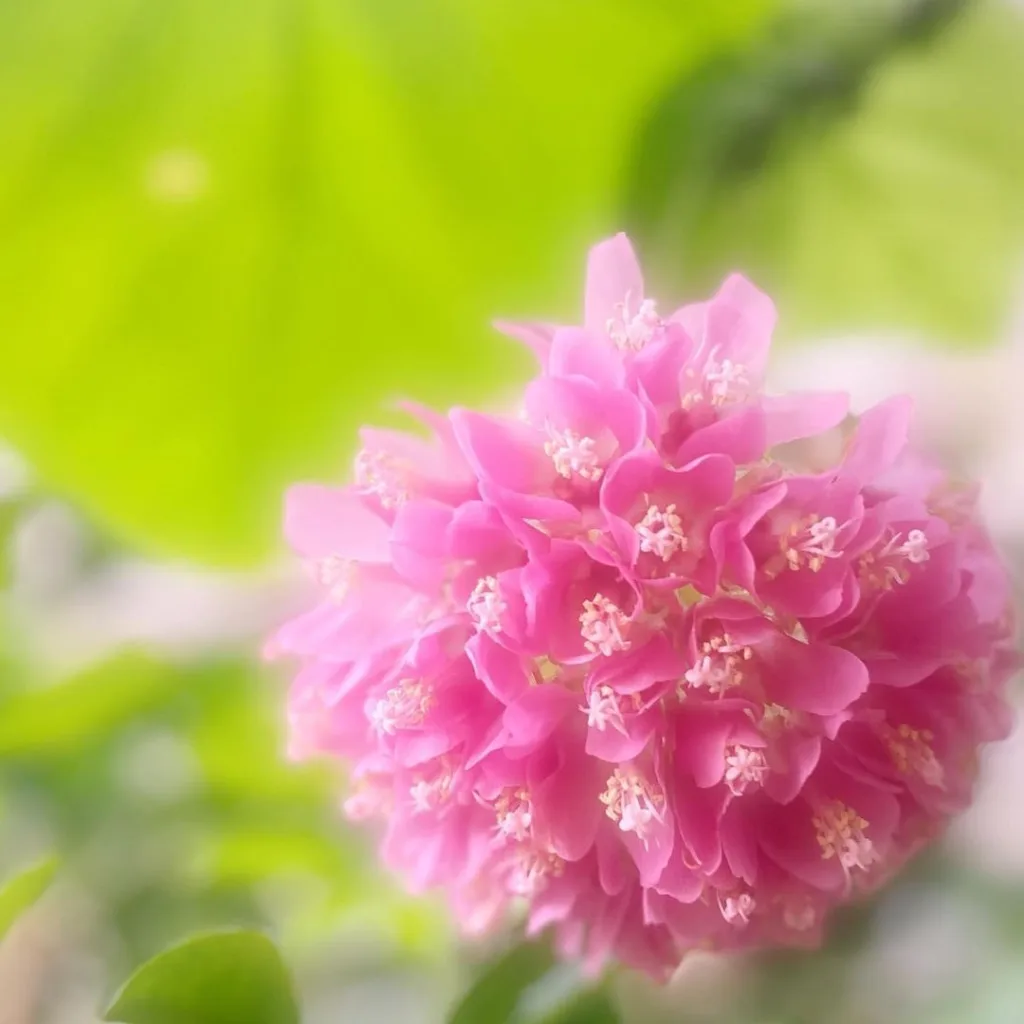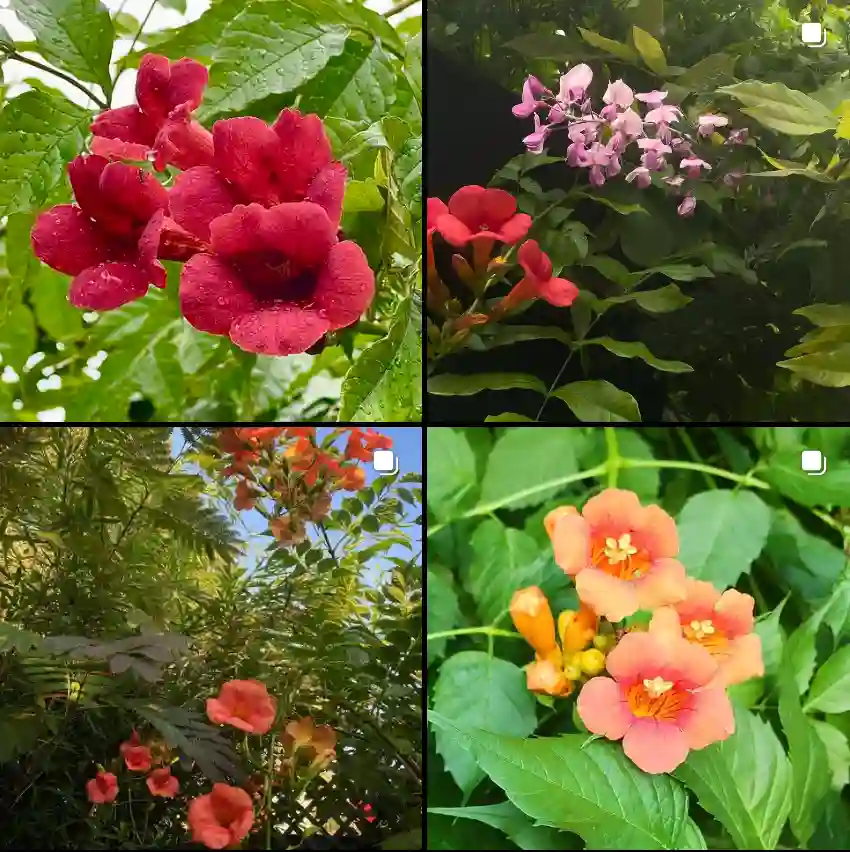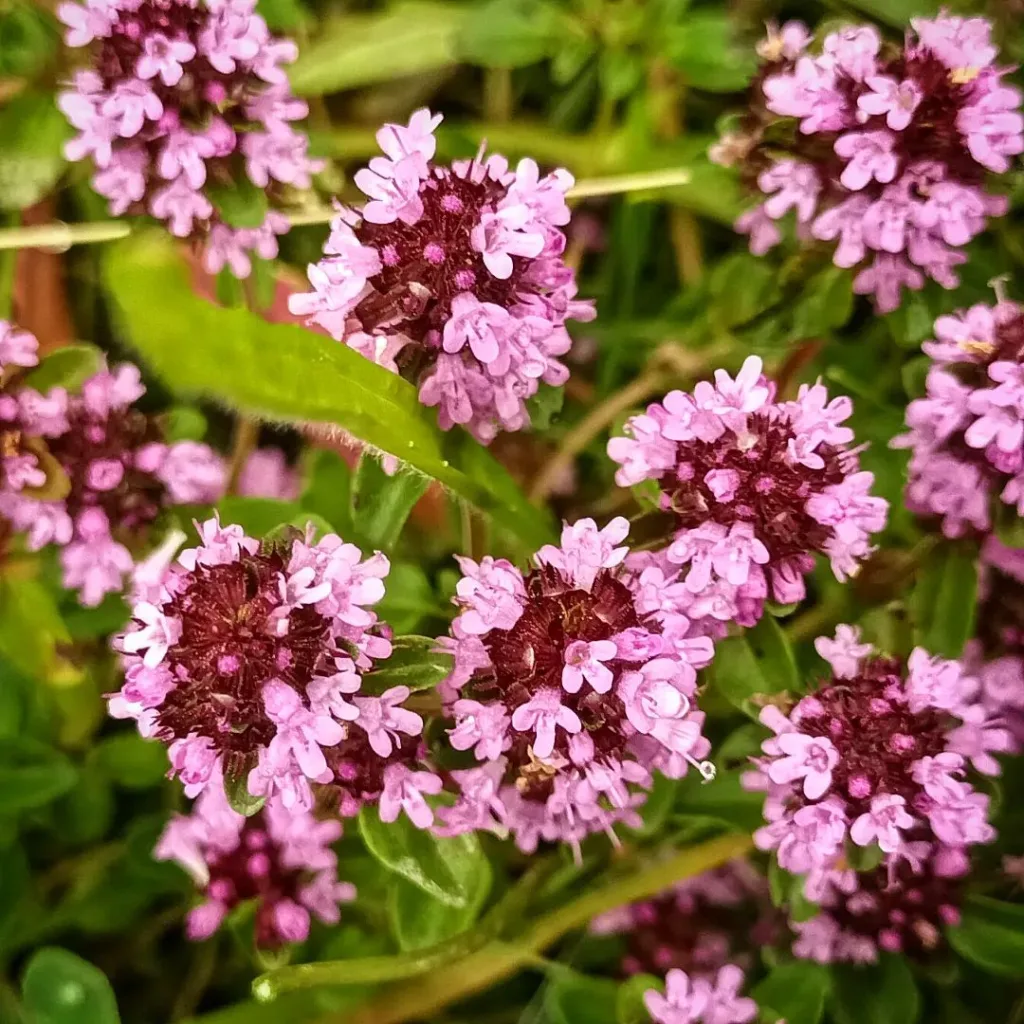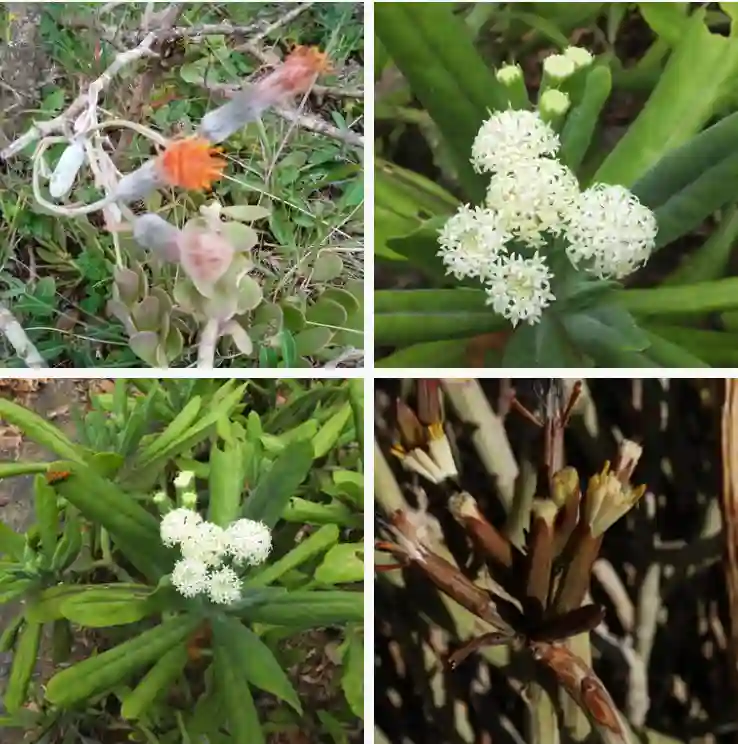FAQs About Ceanothus Megacarpus
As a gardening enthusiast, I’ve often found myself fascinated by the variety of plants that can bring unique beauty to our landscapes. One plant that has particularly caught my attention is Ceanothus Megacarpus. Known for its stunning blooms and resilience, this plant has a lot to offer. Here’s a comprehensive look at some frequently asked questions about Ceanothus Megacarpus, based on my personal experiences and insights.
73 Species in Genus Ceanothus
What is Ceanothus Megacarpus?
Ceanothus Megacarpus, commonly referred to as the Big Fruit Ceanothus, is a species of evergreen shrub native to California. It belongs to the Rhamnaceae family, which also includes buckthorns and jujubes. This plant is celebrated for its large, showy clusters of blue to violet flowers that bloom in late winter to early spring. The foliage is leathery and dark green, providing an attractive contrast to the vibrant blooms.
How to Care for Ceanothus Megacarpus?
Sunlight: Ceanothus Megacarpus thrives in full sun. It requires at least six hours of direct sunlight each day to produce its best blooms and maintain its health.
Soil: This plant prefers well-draining soil. It’s adapted to sandy or loamy soils with good drainage. Heavy, clay soils can lead to root rot, so it’s essential to ensure proper soil conditions.
Watering: Once established, Ceanothus Megacarpus is relatively drought-tolerant. However, it’s crucial to water it deeply during prolonged dry spells. Overwatering can be detrimental, so let the soil dry out between waterings.
Fertilizing: It generally doesn’t require much fertilization. A light application of a balanced fertilizer in early spring can be beneficial, but avoid over-fertilizing as it may lead to excessive leaf growth at the expense of blooms.
Pruning: Light pruning after flowering can help maintain its shape and remove any dead or damaged branches. Avoid heavy pruning as it can impact the plant’s ability to bloom.
How to Propagate Ceanothus Megacarpus?
Propagation of Ceanothus Megacarpus can be achieved through several methods:
Seed Propagation: Collect seeds from mature plants once the seed pods have dried. Sow them in well-draining soil, and they should germinate in a few weeks. It’s often helpful to stratify the seeds (cold treatment) before planting to improve germination rates.
Cuttings: Semi-hardwood cuttings taken in late summer or early fall can be rooted in a mix of sand and peat moss. Ensure the cuttings are taken from healthy, non-flowering stems for best results.
Layering: Another method is to layer a low-growing branch. Peg the branch down to the soil, and it will develop roots over time. Once rooted, you can separate it from the parent plant.
What to Plant With Ceanothus Megacarpus?
Ceanothus Megacarpus pairs well with a variety of plants that complement its style and requirements. Consider planting it with:
California Lilac (Ceanothus spp.): Other Ceanothus varieties can enhance the visual impact and provide a cohesive look.
Manzanita (Arctostaphylos spp.): Their similar drought-tolerance and evergreen nature make them good companions.
Salvia (Salvia spp.): Salvias provide contrasting textures and colors that can accentuate the Ceanothus blooms.
Lavender (Lavandula spp.): The aromatic lavender adds a fragrant touch and contrasts beautifully with the blue blooms of Ceanothus.
Benefits of Ceanothus Megacarpus
Ceanothus Megacarpus offers several benefits:
Aesthetic Appeal: Its stunning blue flowers make it a focal point in any garden. The evergreen foliage provides year-round interest.
Drought Tolerance: Once established, it’s highly drought-tolerant, which is ideal for low-water gardens.
Wildlife Attraction: The flowers attract bees and butterflies, making it a valuable addition to a pollinator-friendly garden.
Low Maintenance: It requires minimal pruning and is generally free of serious pests or diseases.
Is Ceanothus Megacarpus Toxic?
Ceanothus Megacarpus is not known to be toxic to humans or pets. However, as with all plants, it’s best to keep an eye on curious pets or children and ensure they don’t ingest large quantities of plant material.
Common Problems and Solutions
Powdery Mildew: This fungal issue can affect Ceanothus Megacarpus, particularly in humid conditions. To manage it, ensure proper air circulation around the plant and avoid overhead watering.
Root Rot: Overwatering or poorly-draining soil can lead to root rot. Ensure the plant is in well-draining soil and avoid excessive watering.
Pests: While not commonly affected, keep an eye out for aphids or spider mites. If detected, treat with an appropriate insecticidal soap or neem oil.
How Does Ceanothus Megacarpus Compare to Similar Plants?
Ceanothus ‘Concha’: Unlike Ceanothus Megacarpus, ‘Concha’ is more compact and has smaller, more intensely blue flowers. It is also more suitable for smaller garden spaces.
Ceanothus ‘Victoria’: This variety has a similar flowering season but typically has a more upright growth habit compared to the sprawling nature of Ceanothus Megacarpus.
California Lilac (Ceanothus spp.): General Ceanothus varieties may differ in flower color and size but share similar care requirements and drought tolerance.
In summary, Ceanothus Megacarpus is a remarkable plant with a lot to offer in terms of beauty and resilience. Its vibrant blooms, minimal care requirements, and compatibility with other drought-tolerant plants make it a great choice for many gardens. If you’re considering adding this plant to your landscape, I hope these FAQs help you in making an informed decision and ensuring its success in your garden.
If i die, water my plants!



